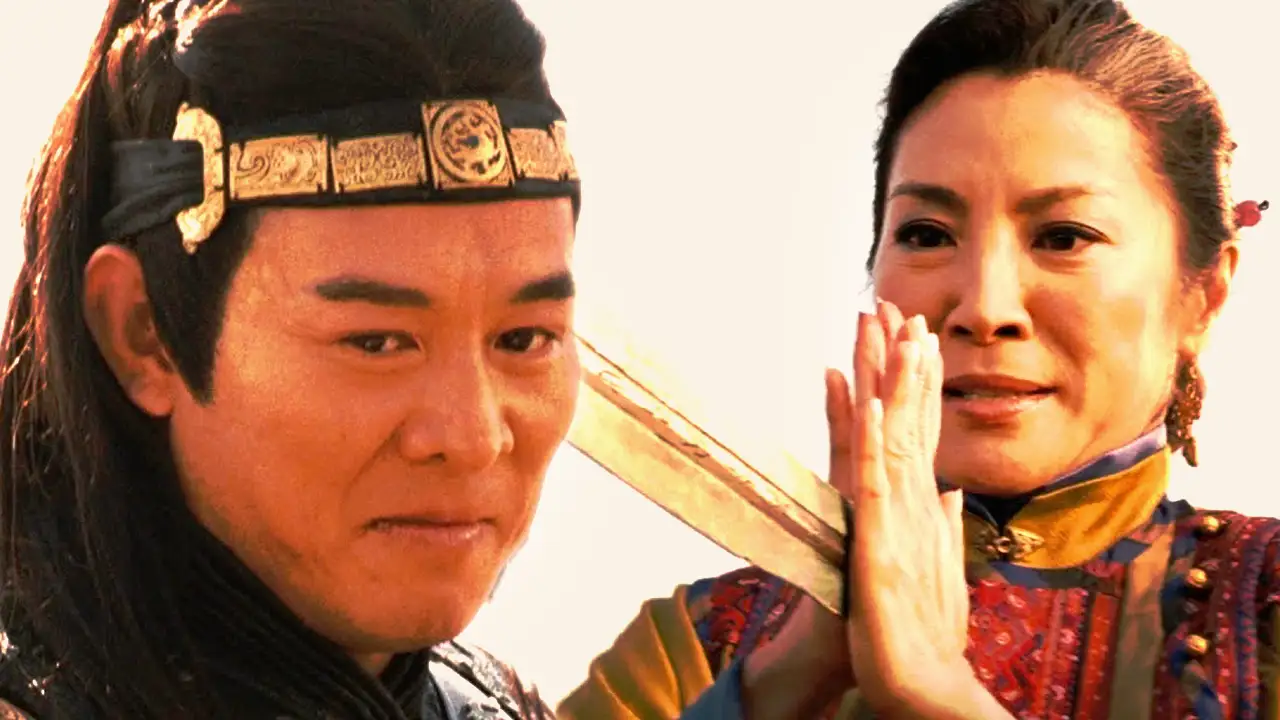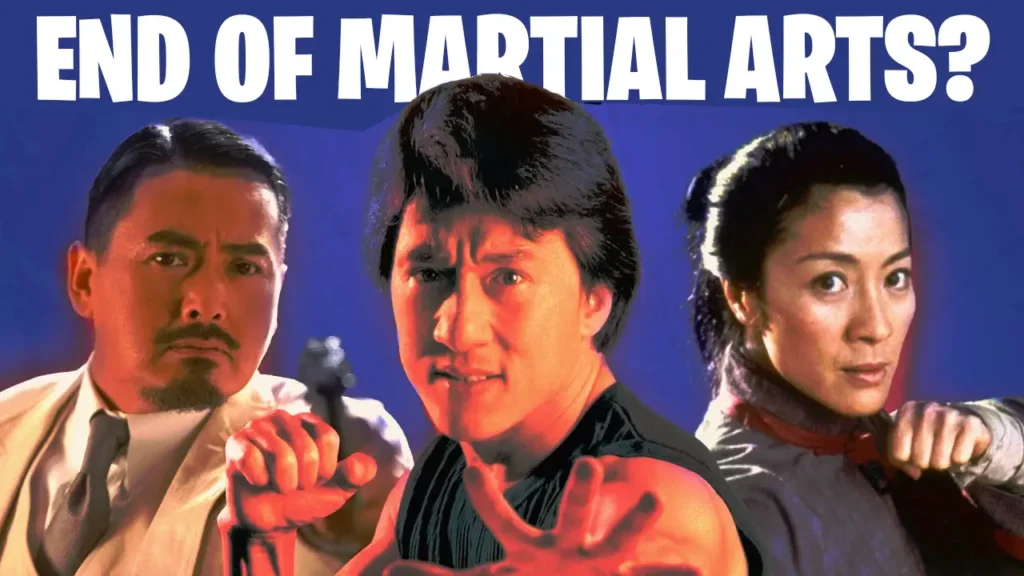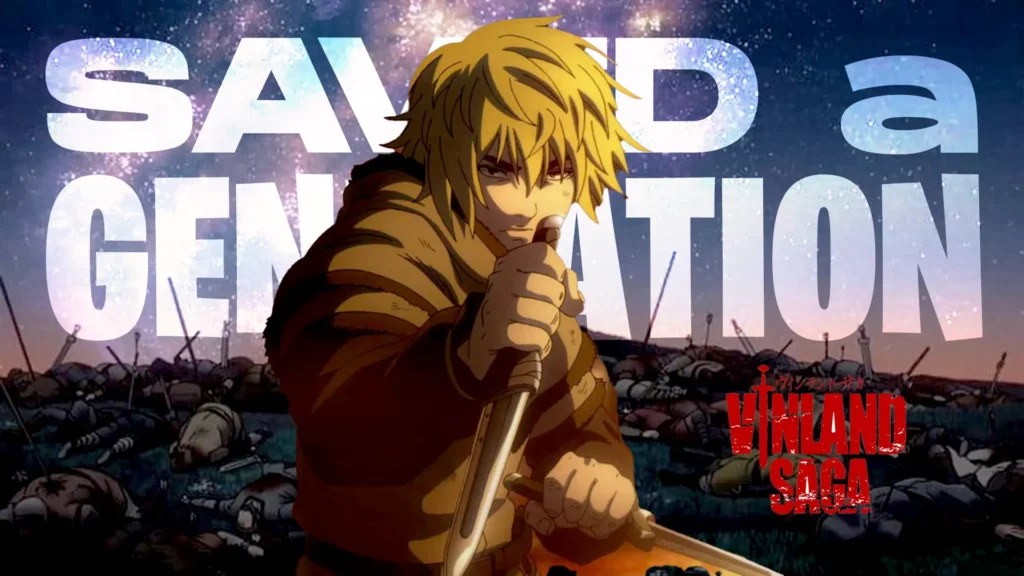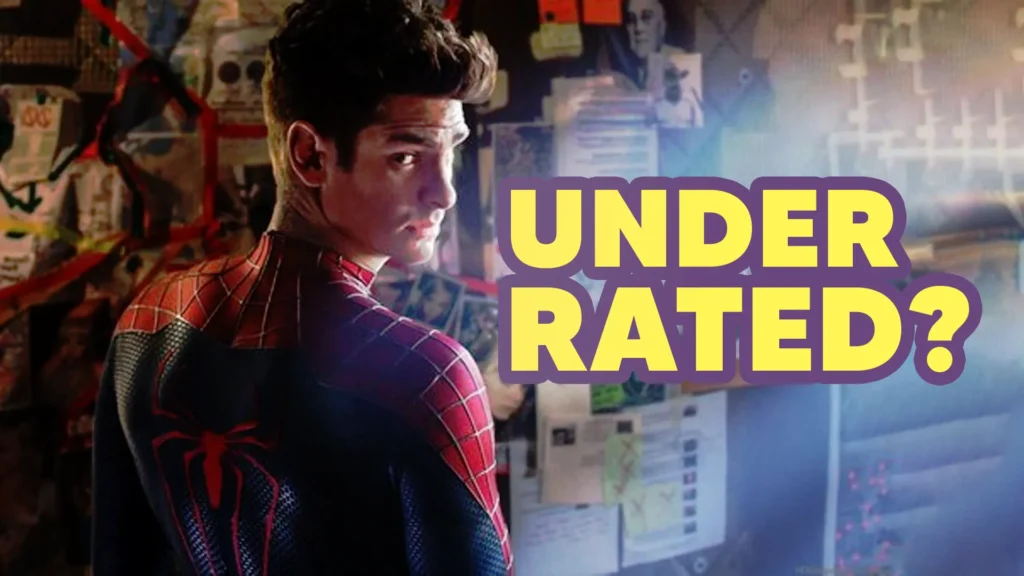Is the Era of Martial Arts Superstars Over?
Michelle Yeoh, Jet Li, Chow Yun-Fat, Jackie Chan—these performers are all exemplars of a dying cinematic tradition: the Asian martial arts performer who transitions into genuine A-list Hollywood fame. In the 80s and 90s, this used to be a semi-recurring phenomenon, but today that leap seems to be a thing of the past. Objectively amazing talents like Donnie Yen, Tony Jaa, Iko Uwais haven’t transitioned into megastardom. That begs a simple question: why?
Table of Contents
ToggleExploitation
If we’re going to talk about martial arts filmmaking taking root here in the West, there’s one place it starts: exploitation. Cannibal exploitation, blaxploitation, ozploitation—you name it, there was a river of foreign and low-budget films being imported into the US to try and make a buck. One of these genres was kung fu films. These films were taken, dubbed into English, and then played in late-night theaters in double features. One of the chief suppliers of these films, the Shaw Brothers, had a virtual assembly line factory producing these projects, sometimes multiple in a week.

Bruce Lee
Many of them never made a significant dent in the American market. However, others like, The Boxer Rebellion, The 36th Chamber of Shaolin, and The Eight Diagram Pole Fighter are viewed as classics and set up the roadmap for American audiences embracing Asian films.
However, the stars of these films stayed firmly in the Hong Kong industry, never transitioning into the Hollywood mainstream. Despite all of this, it was a man named Lee Jun-fan, who you probably know as Bruce Lee, that would push the genre from an idle cultural pastime throughout the 1970s into a full-blown cultural craze. After getting his start in America with a breakout role in The Green Hornet as Kato, Lee chose to make an effort to break into the burgeoning Hong Kong martial arts industry, finding racial tensions and cultural bigotry impeding his upward mobility in the States. This move served him well. After appearing in films like The Big Boss, Fist of Fury, and The Way of the Dragon, it was the American and Chinese co-production Enter the Dragon that pushed both Lee and the genre as a whole into mainstream American acceptance. From here, numerous performers over the ensuing three decades would make the jump. They would all follow the same path: star in highly acclaimed films that would then be dubbed into English and released in the US. These films would gain traction, and eventually, the actors would transition into English-speaking roles.

While Jackie Chan’s career started with humble beginnings, it would be films like Supercop, Project A, and Drunken Master that would clear the way for his meteoric rise through the American film industry. Rush Hour, Shanghai Noon, and the Kung Fu Panda franchise are all respected and highly successful.
There aren’t any American actors who are headlining multiple hundred-million-dollar film franchises in other countries. This is a deeply impressive feat. Chan’s athleticism, charisma, and humor are globally recognized commodities. You can’t say that about too many performers.
Jet Li and Michelle Yeoh
This career trajectory would be mirrored by Jet Li, Michelle Yeoh, and Chow Yun-Fat. Jet Li rose to fame through the Shaolin Temple and the Once Upon a Time in China franchises. He debuted in the West in Lethal Weapon 4, playing the villain. Mega producer Joel Silver promised him that if he appeared in the film, Silver would cast him as the lead in Romeo Must Die, and the rest, as they say, is history. The One, Cradle 2 the Grave, and Unleashed followed rapidly.

Michelle Yeoh became a global icon off the successes of Yes, Madam, Royal Warriors, and Supercop, as she was cast in the Bond film Tomorrow Never Dies. Chow Yun-Fat rode the wave of John Woo’s films Hard Boiled and The Killer to be able to headline American films like The Replacement Killers and The Corruptor.
And yet today, there’s a whole crop of highly skilled, charismatic, and hard-working martial arts performers that haven’t made the leap onto the American silver screen in a culturally ubiquitous way.
Why is this?
First, currently, there are multiple thriving Asian film industries. China alone is a 30 billion dollar market—that just wasn’t the case 30 or 40 years ago. Chinese movies get exported to other places, and they import films from other places to great success. Additionally, the filmmaking industry in America has very specific remits that didn’t exist in generations past. Namely, we used to produce more original films than anyone else. Today, producers and studios are all looking for intellectual property to undergird any of their green-lighting decisions. They want the reassurance that something has a built-in audience—a video game, a comic book, or a mobile app. These are all more likely to get the go-ahead today than a script with a star that isn’t known in America.

There’s also just not as many theatrical windows provided to unproven or non-big-budget studio projects. Currently, there’s less canvas space to work with for a foreign film that could have the potential of breaking out in a major way, like many of Jackie Chan or Jet Li’s early films did. The screens are just slammed with Avengers movies and big-budget studio fare.
Western Action Movies
Even Western action movies suffer from this problem today. Action movies only get a wide release if they’re helmed by a recognizable actor. Charlize Theron in Atomic Blonde, Keanu Reeves in John Wick, or Liam Neeson in Taken—these are all widely known and recognizable A-list stars who are doing action movies in between their other commitments. These aren’t people like Chuck Norris, Jean-Claude Van Damme, or Dolph Lundgren, working primarily in the action genre. To prove the point even further, we have the objectively impressive feats of people like Scott Adkins going virtually unnoticed by the wider public. Films like Accident Man: Hitman’s Holiday, Undisputed 2: Last Man Standing, and Ninja 2: Shadow of a Tear feel like they should be constantly on the lips of action film fans everywhere, and yet they aren’t.
Conclusion
Simply put, straight-ahead action films aren’t mainstream, let alone martial arts films. The action genre has been completely subsumed by the unstoppable entity that is the superhero genre and big-budget studio outings like Mission: Impossible and James Bond. And it’s a shame, honestly. The filmic landscape deserves more diversity and attention paid to films like the ones we’ve already mentioned, and yet that doesn’t seem to be changing anytime soon.
But where there’s a will, there’s a way. There will always be independent and exciting new voices keen to tackle the action genre with new eyes. The fact that the one-two punch of The Raid and The Raid 2 didn’t jumpstart a whole new wave of martial arts enthusiasm is a damn shame, but here we are. And where there are still action fans hungry for the next great stunt, hopefully, that will mean that we’ll get a new team of creatives hell-bent on building a vehicle so impressive that it cracks the American mainstream and proves that the Asian martial arts superstar is not a thing of the past.





